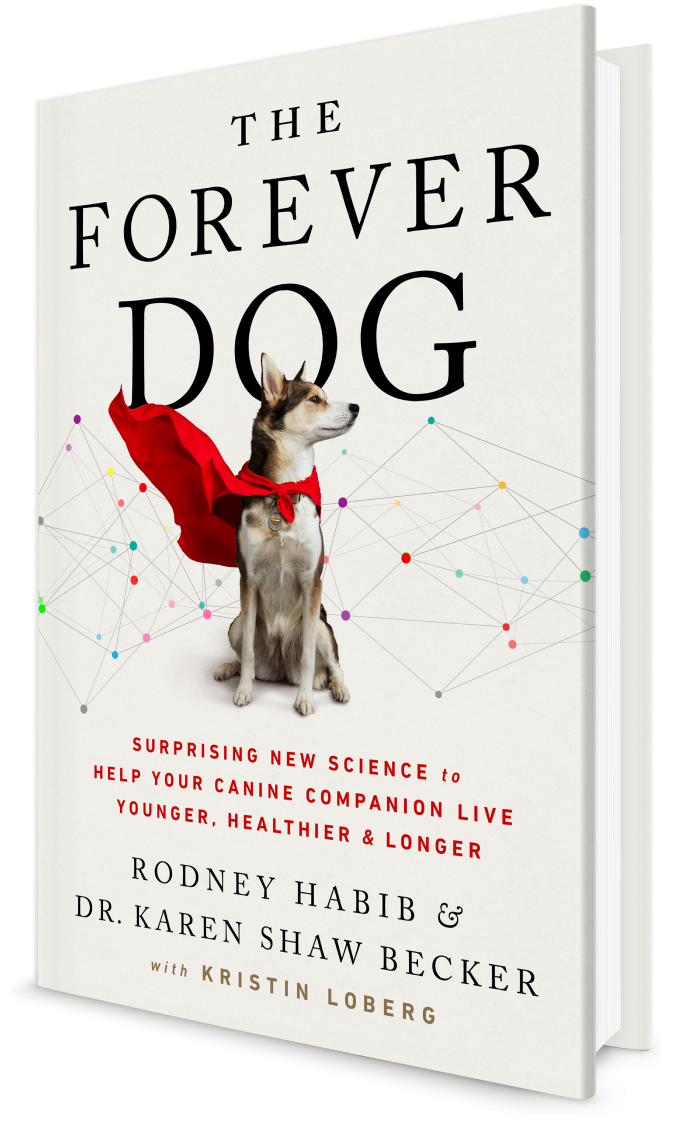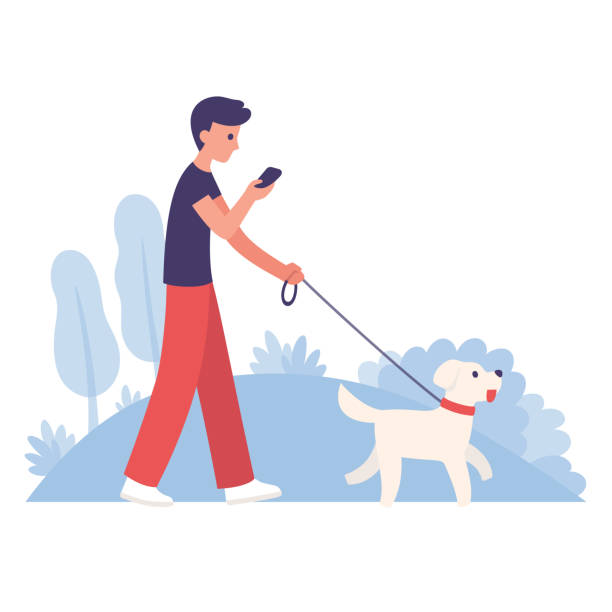I am a huge fan of Dr Karen Becker who is an integrated vet.
Integrative Veterinary Medicine is a broad discipline that includes and combines several different aspects of whole-pet care. Techniques blend western medicine with holistic approaches to treatment, and can include spinal manipulation, acupuncture, Chinese & western herbs, physio and rehabilitation, and nutrition.
Dr Karen Becker and Rodney Habib have written an essential, fabulous book called ‘The Forever Dog’. Surprising new science to help your canine companion live younger, healthier and longer. https://foreverdog.com/
The Forever Dog is a pathbreaking guide to teach us how to delay aging and provide a long, happy, healthy life for our beloved canine companions.
Dogs have been getting sicker and dying prematurely over the past few decades from the same chronic diseases that afflict humans. Because our pets can’t make health and lifestyle decisions for themselves, it’s up to pet parents to make smart, science-backed choices for lasting vitality and health.
KAREN SHAW BECKER, DVM
Her deliberate, common sense approach to creating vibrant health for companion animals has been embraced by millions of pet lovers around the world, making her the most followed vet on social media.
She has spent her career as a small animal clinician, empowering animal guardians to make intentional lifestyle decisions to enhance the wellbeing of their animals. Dr. Becker also writes and lectures extensively and serves as a wellness consultant for a variety of health-oriented organizations. She is the first veterinarian to give a TEDx talk on species appropriate nutrition, which has been a lifelong passion of hers.
Rodney Habib is a digital artist, filmmaker, multiple award-winning content creator, and founder of Planet Paws – the world’s largest pet health page on Facebook – and most importantly, a pet parent.
Rodney established the non-profit organization Paws for Change Foundation to further education and research in the area of animal nutrition and lifestyle as it relates to longevity and healthspan. Rodney’s first TEDx talk on pet health stands as the highest viewed TED talk in history pertaining to dogs. He was recently honored by the Canadian government as having one of the most influential platforms in Canada.
Have you ever thought that eating dried biscuits twice a day may be boring and tasteless? You are right! The Forever Dog will show you what real foods we should and shouldn’t be feeding your dog, and which foods will see your dog live younger, happier and longer.
The book is also available as an audio book on Amazons Audible.








